With its green leaves and typically white head, cauliflower is an intriguing plant that is a favorite in many people’s diets. You may have given this one a try, and if that is the case, you may find its nutty and somewhat sweet taste to be unique. But, is cauliflower a vegetable?
Cauliflower is a vegetable found in the cruciferous family. Other members related to it include broccoli, cabbage, Brussels sprouts, kale, and turnips. All vegetables in this family have a distinct smell that some people find unappealing; however, the health benefits outweigh this.

So we know that cauliflower is indeed a vegetable! What is incredible about this particular one is its versatility. You can eat and prepare it in various ways, such as having it raw, cooking it, baking, or even roasting it. A trend that has popularized over the past few years is also to use it in pizza bases. So for more info, be sure to read on.
The Classification And Origin Of Cauliflower
Cauliflower, as mentioned, comes from the cruciferous vegetable family, and surprisingly it is believed to contain more nutrients than some of its green relatives. The name cauliflower derives from the Latin words caulis, meaning stalk, and floris, meaning flower.
The origins of cauliflower can be found in Asia Minor, which is now Turkey. The vegetable has changed over the years as it had a closer resemblance to kale than its whiteness which we see today.
It garnered popularity in France during the 1500s and was eventually also cultivated in Northern Europe and Britain. Nowadays, most cauliflower is grown in France, Italy, China, and the United States.
Different color cauliflowers
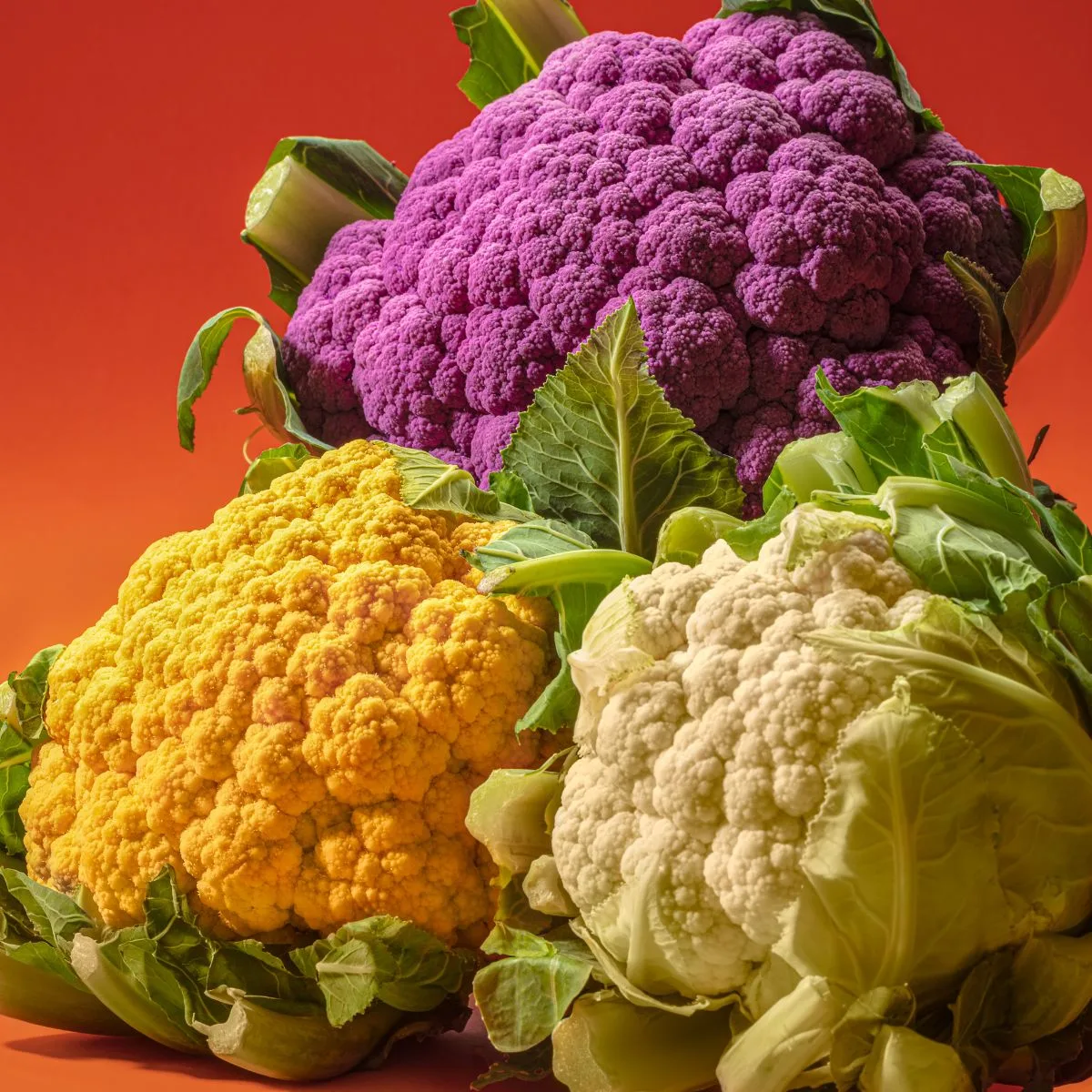
If you find the paler appearance of cauliflower to be unexciting and wish there were different varieties to choose from, you are in luck as it comes in green, purple, and orange as well. However, white cauliflower is probably the most common and easily found today.
Green cauliflower – This option which is sometimes called broccoflower, is a hybrid of broccoli and cauliflower. It is not only different in color but also tends to be sweeter.
Purple cauliflower – This one has a lavender-type color, and it is rich in the same sort of antioxidants found in red cabbage. When cooked, though, the color generally changes from purple to green.
Orange cauliflower – This version of the vegetable has a much higher amount of vitamin A in it than its white counterpart; however, it tends to taste very similar.
If you want to ensure you always have enough of this healthy vegetable on hand when you want it, you might consider growing your own.
Growing Cauliflower
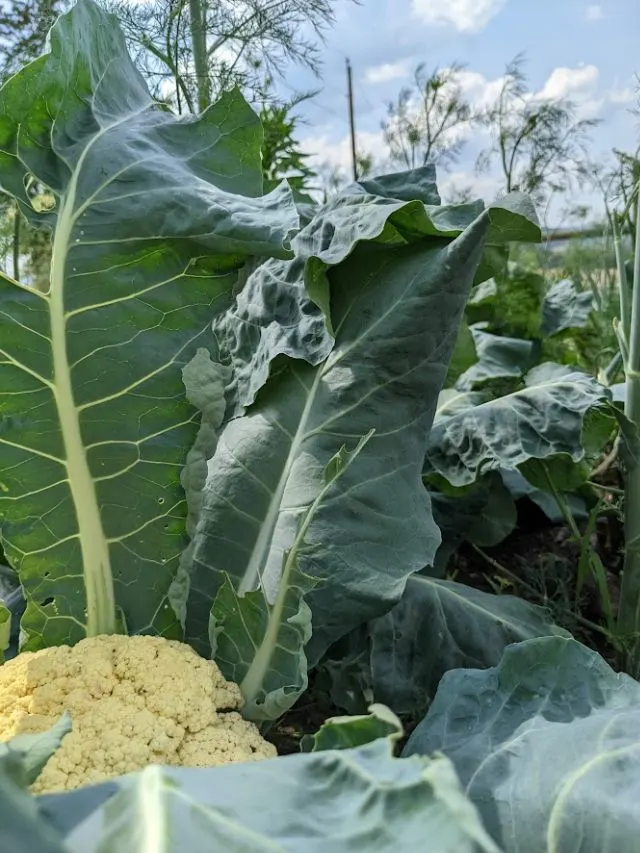
When you grow cauliflower, it is a good idea to mark it off if you are growing broccoli as well, and this is because, at first, cauliflower resembles broccoli. Apart from the ultimate alteration in color, there are some other distinct differences between these vegetables. It can be very easy to mix up the two.
Broccoli will open outward when it begins to sprout what are known as florets, while cauliflower forms a complete head, and this is known as a curd. It is composed of undeveloped flower buds protected from the sun by the green leaves surrounding it. This ensures that chlorophyll does not develop, keeping it white in hue.
How are they pollinated?
When it comes to the pollination of cauliflower, the primary pollinators are blowflies. Once cauliflower is mature, it will usually have a white head, which is compact and roughly 6 to 8 inches in diameter.
After harvesting
Once harvested, it should be cooled, and before it is ready for harvesting, forced air cooling may be used to remove heat from the field when the weather is too hot. Once harvested, cauliflower should be kept in storage that offers high humidity and is cool.
Choosing The Best Cauliflower
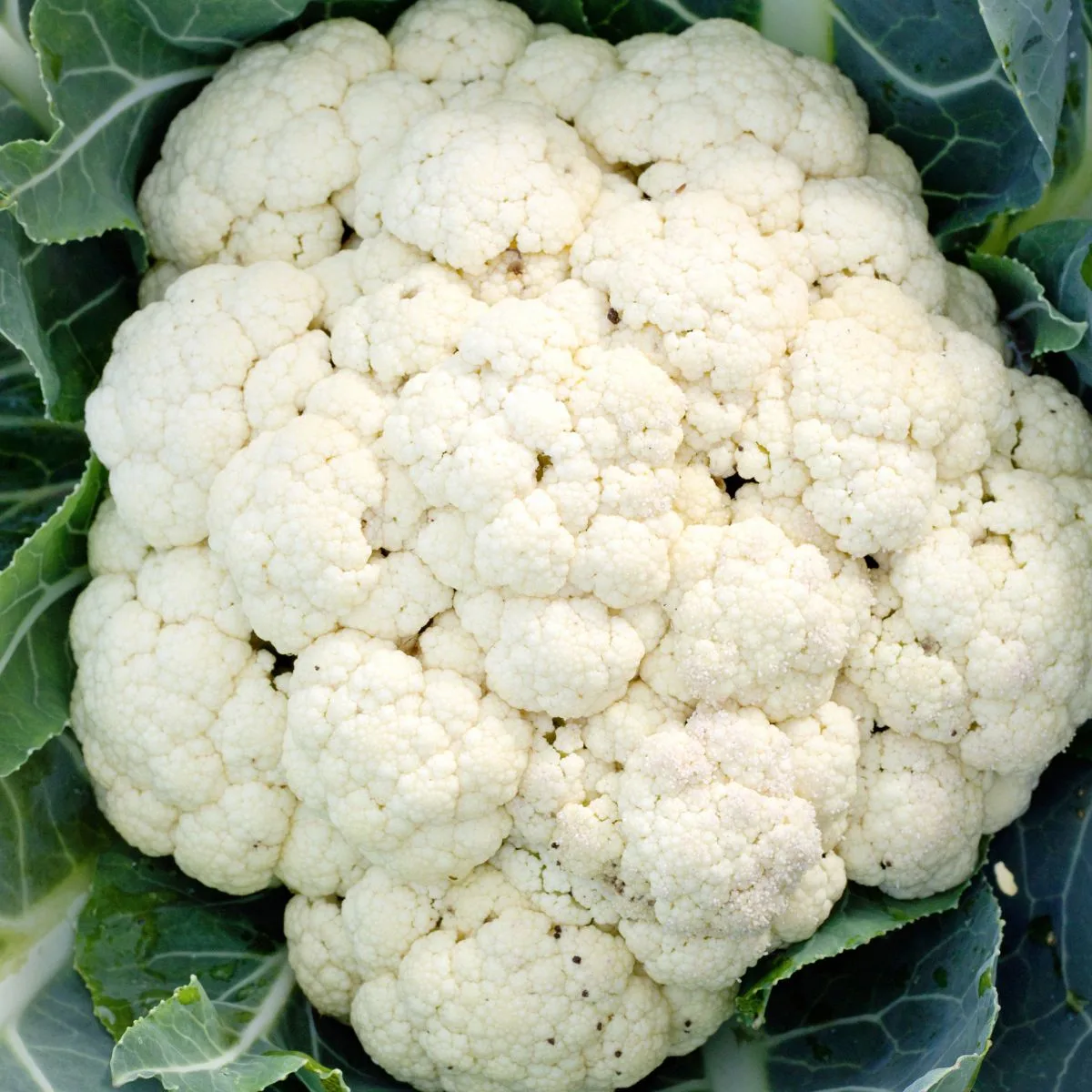
How do you know which is the best head of cauliflower? Do you know what a good, healthy one should look like? When you are picking cauliflower that you have grown, or have made a trip to your local grocery store, be sure to look for one that is tight-fitting and has an almost creamy-white hue. You should also note the firmness and greenness of the leaves.
You don’t want to choose a cauliflower with brown spots or loose parts that are spread out. You want a clean, firm one. If you are buying cauliflower that is packaged, be sure to check the sell-by and expiration date as some packaging can promote rotting by trapping in moisture.
Once you have your cauliflower, it is a good idea to refrigerate it and consume it within four to seven days for ultimate freshness.
Why Should We Eat Cauliflower?
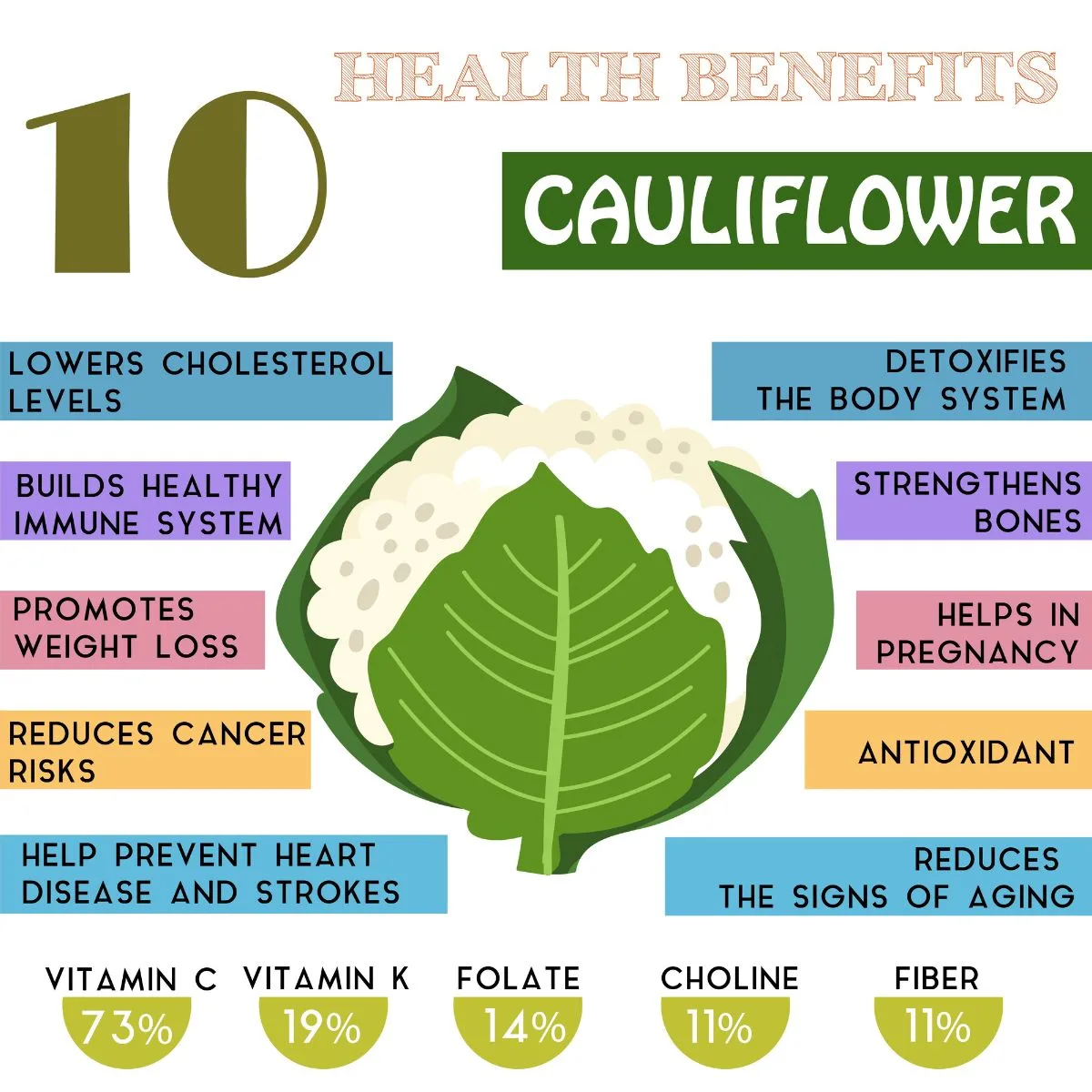
What’s so great about eating cauliflower in the first place? We will go more in-depth into the nutritional information of cauliflower in a bit, but for now, it must be noted that it is an excellent source of vitamin C and vitamin B. This makes it a great addition to any diet because it has zero fat and is cholesterol-free. And for those who worry about sodium in their diet, cauliflower has a low amount.
It is widely known that usually richly colored vegetables, especially green ones, are particularly healthy for us, but cauliflower is an exception. Despite it generally being white, this vegetable is very versatile and high in vitamin content. It has many of the dietary fibers we need for optimal health.
There are two other compounds it contains, phytochemicals and antioxidants, which are naturally occurring and help prevent chronic diseases.
When looking at the plant, it is typically the white florets that we eat, and they are found in the tightly compact head. The leaves and stalk, unlike on some other vegetables, are usually not eaten.
When cooking this type of vegetable, you will note that it has a particular smell to it, and this is due to the sulfur-containing compounds within the vegetable. To minimize the pungent smell, it is advisable to shorten the cooking time.
Ways Of Including Cauliflower In Your Diet
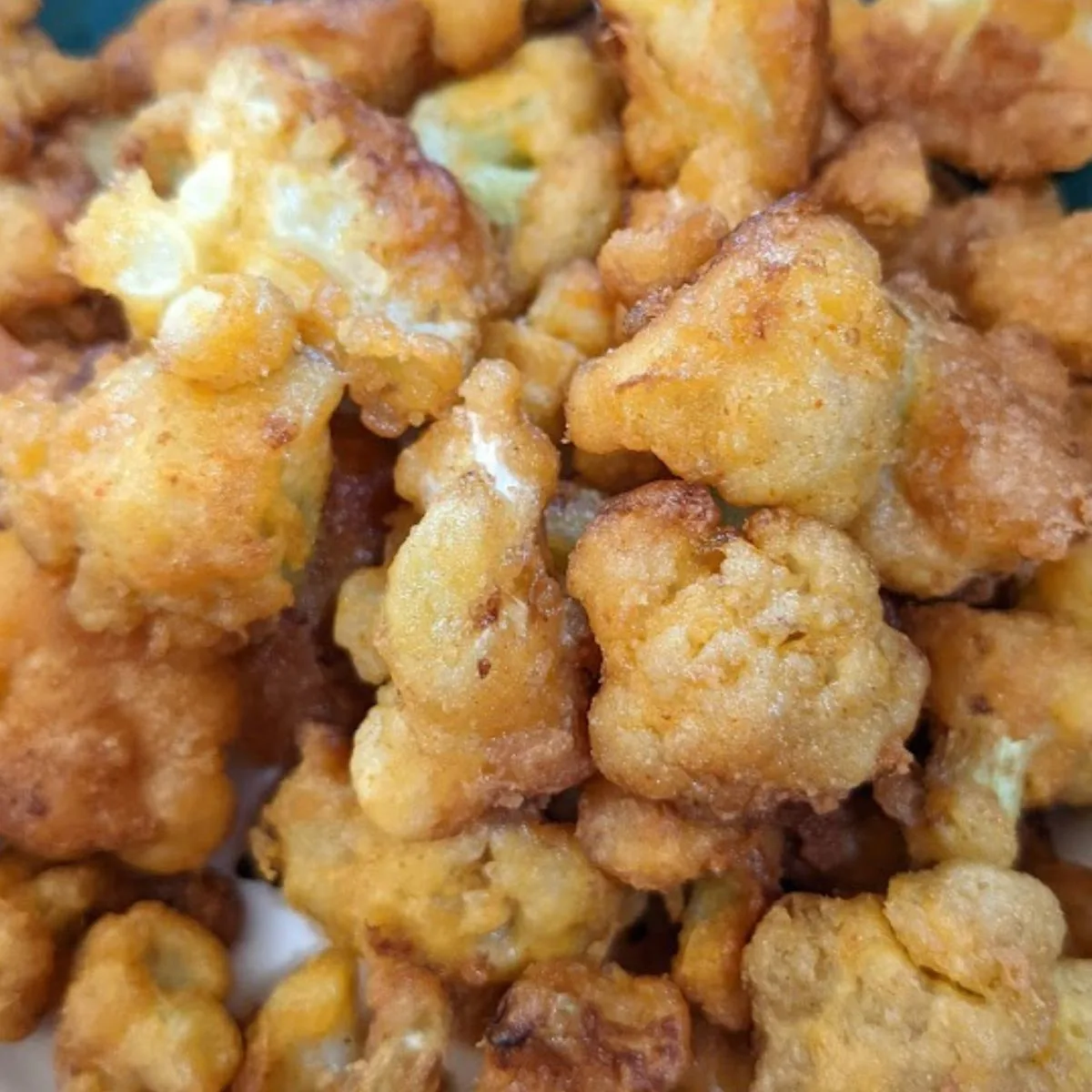
In any instance, the plan should always be to ensure that half of your plate is filled with either fruit or vegetables. And with all the nutritional benefits and versatility of this vegetable, it is worth incorporating.
If you have a food processor, you can have fun by making a cauliflower pizza base which is just as delicious, but far healthier. You can also chop it into rice-sized pieces and use it as an alternative to rice as the base of your next meal. Or even mash it up and use it as a replacement for mashed potatoes.
Cauliflower can be prepared and consumed in various ways, such as being eaten raw, cut into pieces to be added to a salad, cooked in a thick soup, and even used in things like stir-fries.
Here are some other ways to include more of this yummy veggie in your diet:
- make a cauliflower pizza crust
- make cauliflower mashed potatoes
Can you eat raw cauliflower?
In some cultures, it is said to never eat cauliflower or other cruciferous vegetables raw. It is said to cause gastrointestinal upset. However, in the United States, it’s common for people to eat broccoli and cauliflower raw and dip them in dressing, such as ranch.
If you enjoy the taste of it and it doesn’t cause you an upset stomach, there’s no reason you can’t eat it raw if you wanted to.
The Nutrition In Cauliflower
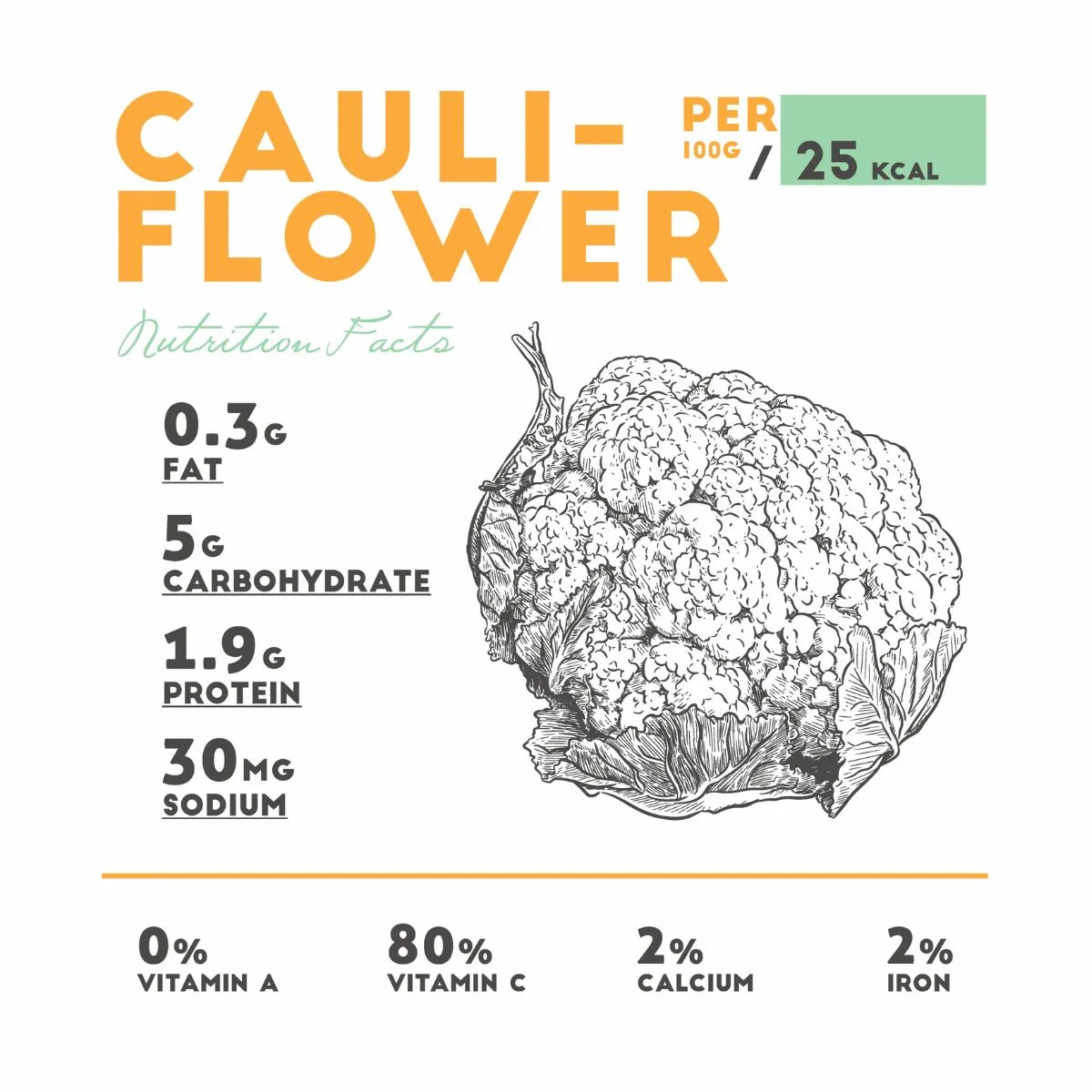
So we are well aware now that this is a versatile vegetable that can offer us nutrients and help us stay healthy, but now we will look at what some of these examples are.
- As mentioned, cauliflower offers high amounts of vitamin B and C.
- Its antioxidants can neutralize free radicals, ensuring that they cannot cause damage to healthy cells.
- It contains indoles and sulforaphane, which is believed to help reduce the risk of developing certain cancers.
- Cauliflower is high in fiber, which is good for your digestive health.
- Some studies have shown that it can help to prevent heart disease.
Don’t be fooled by its plain white color because this is one vegetable that is packed with nutrients and good stuff. In addition to being a good source of fiber, you can pair it with brown rice for maximum benefit.
Is Cauliflower A Vegetable? Conclusion
Cauliflower is a terrific vegetable that is an excellent substitute for many other alternatives that one may wish to remove from their diet. It has been around for an extensive period, and although selective breeding is likely the result of what we have today, compared to when it was first found growing in the wild, it still boasts tremendous benefits.
So if you haven’t tried cauliflower before, or perhaps do not enjoy it prepared in a certain way, maybe try your hand at making creative meals with it. We certainly hope we have answered the puzzling question of whether it is a vegetable and that you find lovely ways of incorporating it into your diet.
Have you ever tried a cauliflower crust pizza? Are there any great ways to enjoy this veggie that you love?
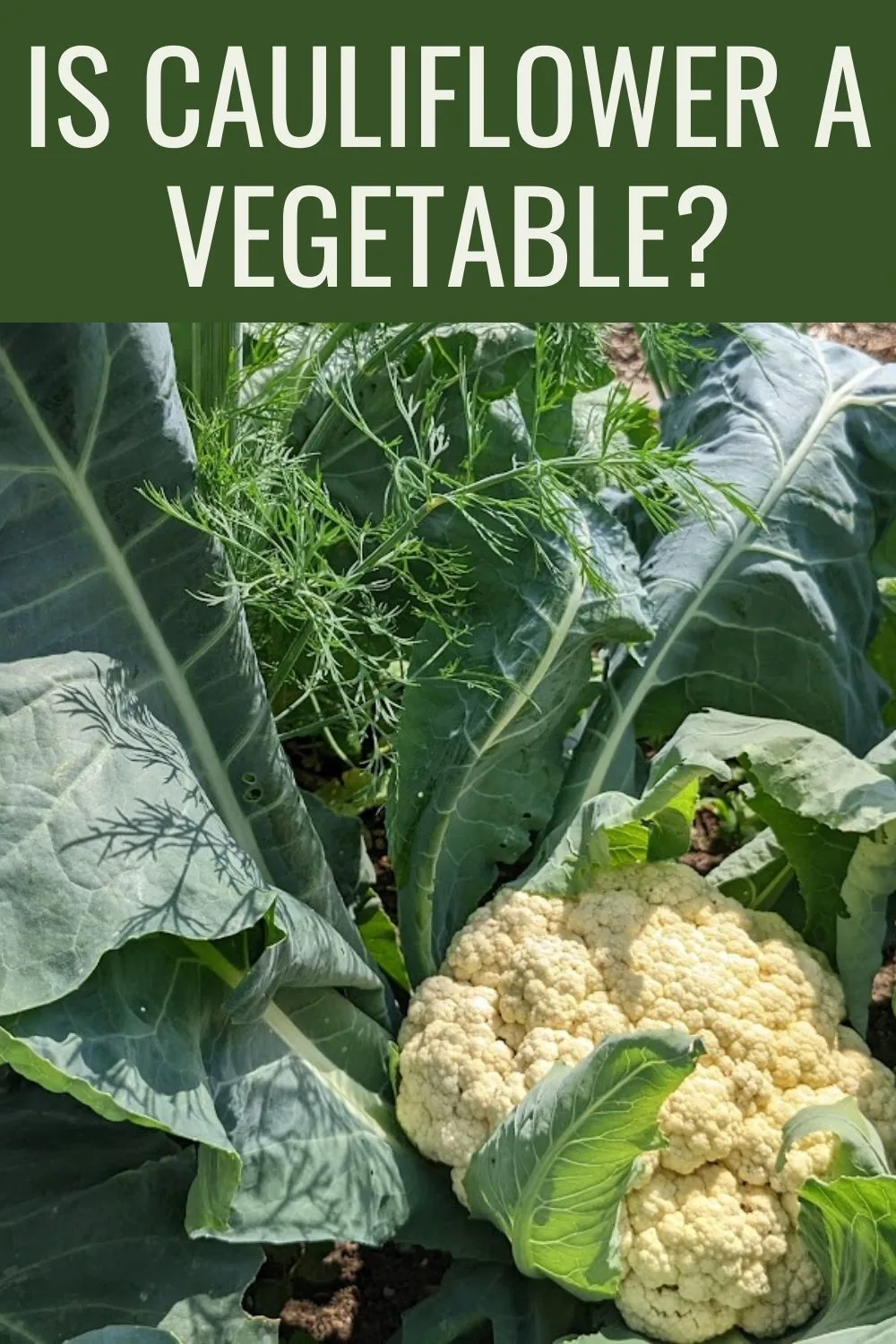

Backyard Vegetable Garden Ideas
Wednesday 17th of August 2022
[…] Is cauliflower a vegetable? […]